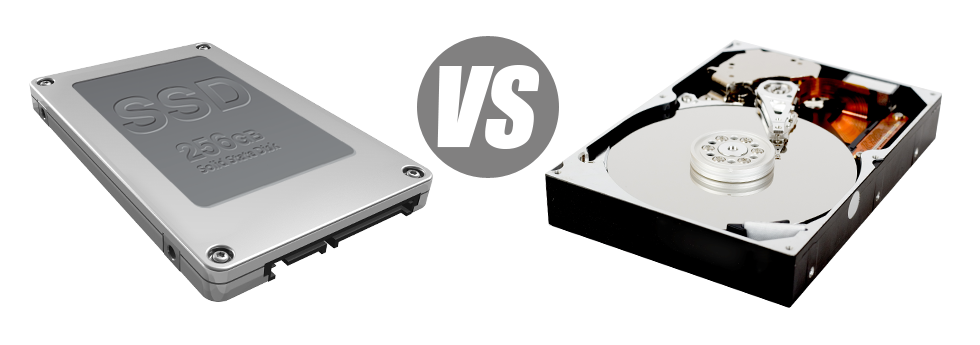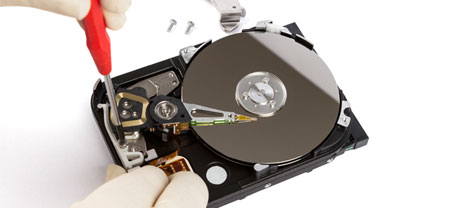These days, all of the new laptops or computers include SSD drives as opposed to HDD drives. One can find superlatives on them all around the specialized press – that they’re quicker and function better and they are actually the future of home computer and laptop computer generation.
However, how do SSDs fare inside the web hosting world? Can they be well–performing enough to substitute the proven HDDs? At gate-hosting, we’ll assist you better comprehend the dissimilarities in between an SSD and an HDD and determine the one that most accurately fits you needs.
1. Access Time
SSD drives present a fresh & ingenious way of file storage using the usage of electronic interfaces in place of any moving parts and turning disks. This brand new technology is much quicker, allowing for a 0.1 millisecond file access time.
HDD drives continue to utilize the same general file access technology that’s initially created in the 1950s. Though it was considerably upgraded since that time, it’s slower as compared with what SSDs are providing. HDD drives’ file access speed ranges between 5 and 8 milliseconds.
2. Random I/O Performance
Due to the brand new radical data file storage solution incorporated by SSDs, they furnish quicker data access rates and better random I/O performance.
Throughout our trials, all of the SSDs showed their capability to handle at the very least 6000 IO’s per second.
With an HDD drive, the I/O performance gradually raises the more you use the disk drive. Nevertheless, right after it actually reaches a specific cap, it can’t get speedier. And because of the now–old concept, that I/O cap is significantly less than what you can have with a SSD.
HDD can only go as far as 400 IO’s per second.
3. Reliability
SSD drives are built to include as less moving elements as feasible. They use an identical concept to the one utilized in flash drives and are significantly more reliable as opposed to regular HDD drives.
SSDs have an common failing rate of 0.5%.
Since we have observed, HDD drives depend on spinning disks. And something that makes use of a number of moving parts for continuous time frames is more prone to failing.
HDD drives’ normal rate of failure can vary between 2% and 5%.
4. Energy Conservation
SSD drives are usually small compared to HDD drives as well as they don’t have any kind of moving components whatsoever. This means that they don’t create so much heat and require much less power to function and much less energy for cooling down purposes.
SSDs take in somewhere between 2 and 5 watts.
HDD drives are renowned for staying loud. They require further energy for cooling down purposes. Within a web server which has a variety of HDDs running continually, you need a great deal of fans to make sure they’re kept cool – this may cause them a lot less energy–effective than SSD drives.
HDDs take in between 6 and 15 watts.
5. CPU Power
The quicker the data file accessibility rate is, the sooner the data file calls are going to be adressed. This means that the CPU do not need to arrange resources looking forward to the SSD to answer back.
The normal I/O wait for SSD drives is simply 1%.
By using an HDD, you will need to dedicate additional time looking forward to the outcome of one’s file call. This means that the CPU will be idle for extra time, awaiting the HDD to respond.
The common I/O wait for HDD drives is around 7%.
6.Input/Output Request Times
It’s time for a few real–world illustrations. We ran a full system backup on a hosting server only using SSDs for data storage reasons. During that operation, the normal service time for an I/O query stayed beneath 20 ms.
Compared with SSD drives, HDDs provide significantly slower service rates for input/output calls. In a hosting server backup, the regular service time for an I/O call ranges between 400 and 500 ms.
7. Backup Rates
One more real–life enhancement will be the speed at which the data backup has been created. With SSDs, a web server data backup today requires only 6 hours by using our hosting server–designed software solutions.
On the other hand, on a web server with HDD drives, a similar data backup takes 3 to 4 times as long to complete. A full backup of an HDD–powered server may take 20 to 24 hours.
Should you wish to automatically raise the performance of your respective sites without having to transform any kind of code, an SSD–powered hosting solution will be a great solution. Take a look at our hosting packages as well as the VPS servers – our solutions have extremely fast SSD drives and are available at cheap prices.
Hepsia
- Live Demo
Service guarantees
- All of our Virtual Private Servers come with no setup costs and function in a dependable network offering 99.9% of uptime. Full root and SSH access warranted.
Compare our prices
- Take a look at our prices and choose the perfect Virtual Private Server for your powerful sites. You’re able to upgrade to a more feature–rich VPS Hosting configuration with just a click.
- Compare our hosting plans
Contact Us
- You can get in contact with us 7 days a week by email or by utilizing our super–fast ticketing platform. gate-hosting provides a 1–hour reply time frame guarantee.















